1. Pet Rocks
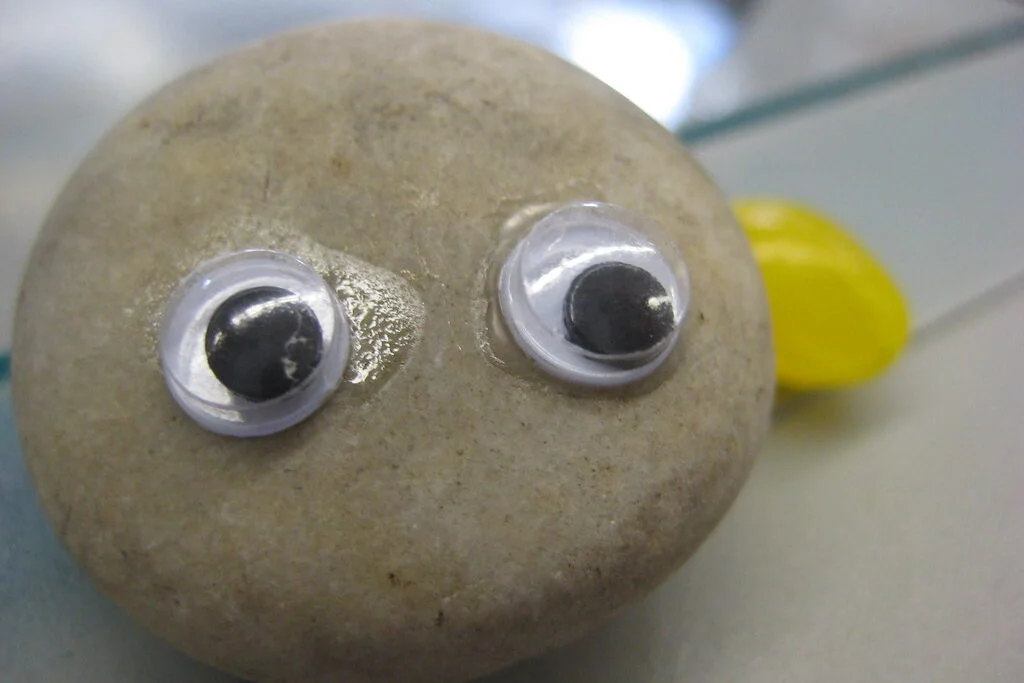
In the mid-’60s, a strange new trend took off: pet rocks. These smooth stones, sold in boxes with breathing holes and straw bedding, became a nationwide craze. People bought them as quirky companions, and some even carried them around in public. The trend was marketed as the “perfect pet”—no feeding, no walking, no mess. In a way, it was the ultimate low-maintenance pet.
While it seemed absurd, the simplicity and humor of it captivated the public. For a brief time, everyone wanted a pet rock, with sales reaching millions of dollars. But just as quickly as they arrived, pet rocks vanished, leaving only a memory of one of the weirdest fads of the decade. The fad was so short-lived, it almost felt like a prank on the public. However, it was a perfect reflection of the free-spirited, experimental nature of the ’60s, when anything unconventional seemed possible.
2. Hula Hoops
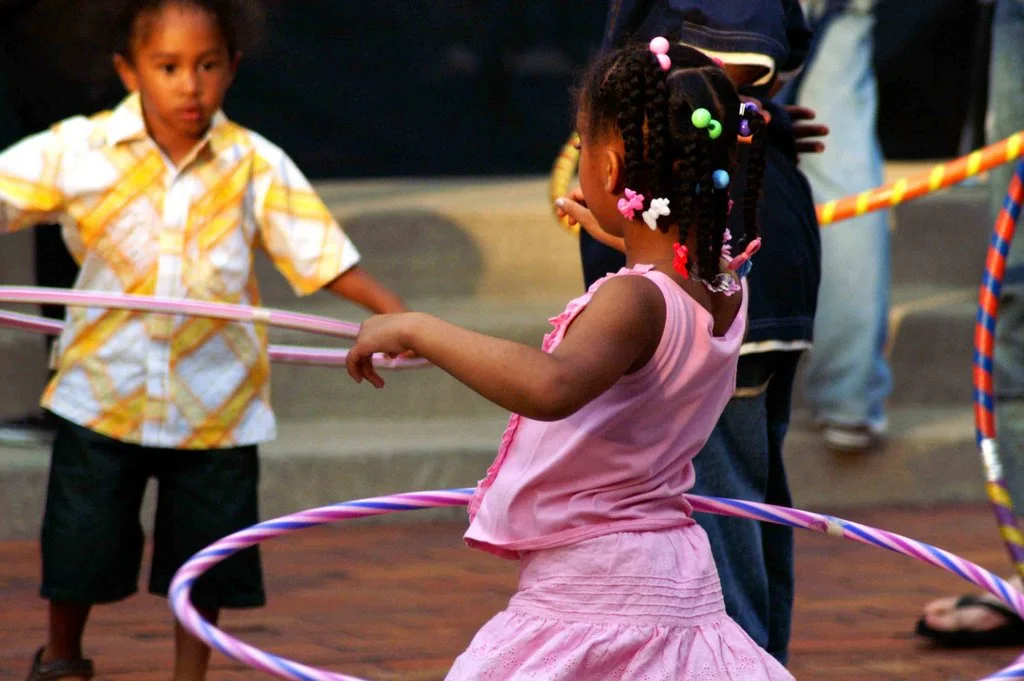
The hula hoop was more than just a toy; it was a full-on cultural phenomenon that captured the attention of children and adults alike. Invented in the late ’50s, it gained incredible popularity in the early ’60s, thanks to a combination of marketing genius and the growing love for physical fitness. Millions of hoops flew off store shelves, and there were even organized competitions. People became obsessed with perfecting their hula hoop skills, often in groups, making it a social activity. Yet, despite its initial success, the hoop craze quickly fizzled out. The constant twisting and spinning became too much for some, and the once-popular toy was soon relegated to garage sales and forgotten corners of homes.
Although it disappeared, the hula hoop is still seen as a nostalgic symbol of childhood fun. It’s now occasionally revived in various forms, like fitness hoops, but never quite reached the same heights of fame as it did in the ’60s.
3. The Mini Skirt
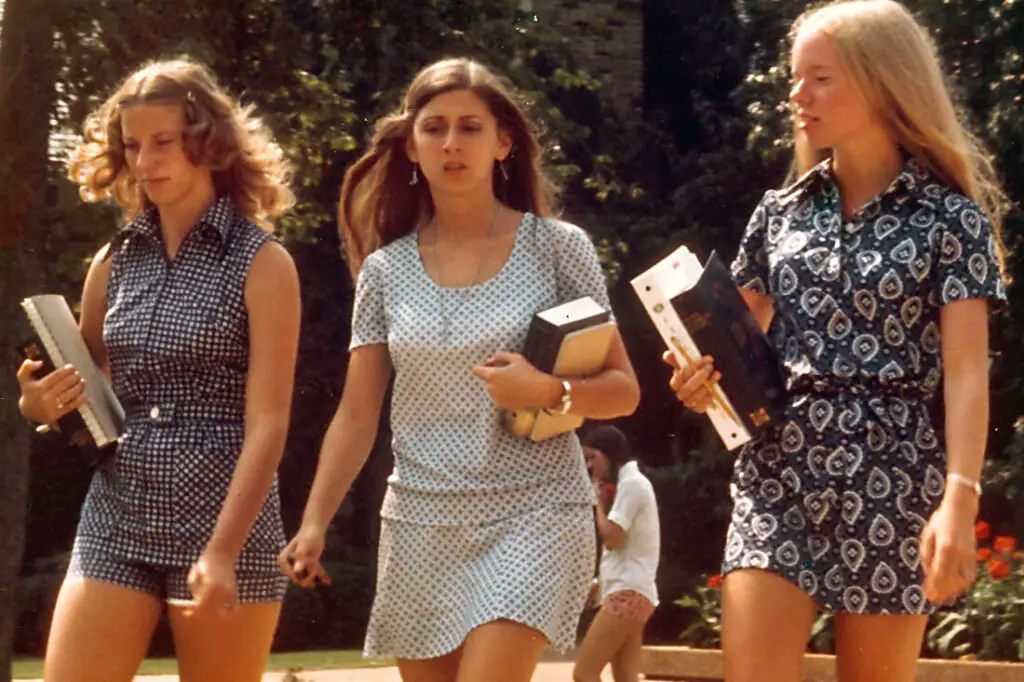
When fashion icon Mary Quant introduced the mini skirt in the early ’60s, it felt like a cultural revolution. Hemlines that had once dragged to the floor were suddenly well above the knee, sparking a bold statement about youth, freedom, and rebellion. Women everywhere embraced the look, and it became an instant symbol of the changing social landscape. Celebrities, models, and everyday women were all sporting the mini, making it the must-have fashion item. It wasn’t just a trend—it was a political statement against traditional values. But by the late ’60s, the mini skirt had already lost some of its luster. The boldness of the style faded, though it has never fully disappeared from modern wardrobes.
The mini skirt remains one of the most iconic fashion items of the ’60s, continuing to make appearances in various forms, from high-fashion runways to casual wear. Its impact, though short-lived, is undeniable.
4. Go-Go Boots
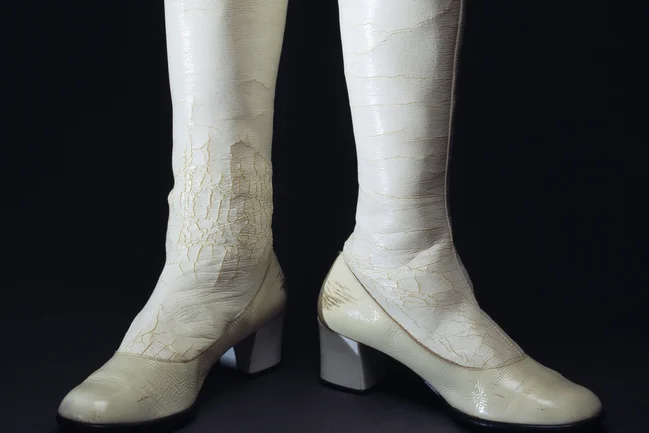
Go-go boots were the footwear of choice for the groovy girls of the ’60s, and they became as iconic as the music and dance styles of the era. These shiny, white, knee-high boots were often paired with mini skirts or shift dresses, making them a statement piece. The boots became synonymous with the rise of disco culture, often seen on the dance floors of nightclubs and TV shows like Hullabaloo. Despite their popularity, go-go boots were a fleeting trend. By the early ’70s, they were already out of style, replaced by more practical and versatile footwear.
Though they disappeared from mainstream fashion, go-go boots have seen a resurgence in recent years, proving that trends from the past always seem to find their way back into the limelight.
5. The Twist Dance
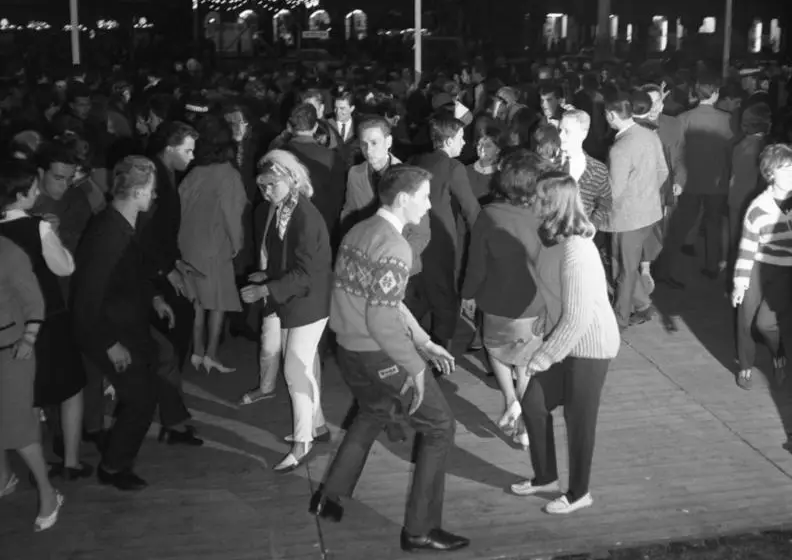
The Twist was a dance craze that swept through the ’60s, thanks in part to the hit song “The Twist” by Chubby Checker. It was a dance everyone could do—no fancy footwork required, just twisting your hips while keeping your feet planted. It wasn’t just a hit on the dance floors; it became a part of everyday life. People would twist at parties, on TV shows, and even in school gyms during special events. But as quickly as it gained popularity, the Twist began to lose its shine by the mid-’60s.
New dance crazes, like the Mashed Potato and the Watusi, came along and stole the spotlight, leaving the Twist in the past. The Twist is a perfect example of how quickly dance fads come and go. It may not have lasted, but it remains an unforgettable part of the cultural fabric of the ’60s.
6. Mood Rings
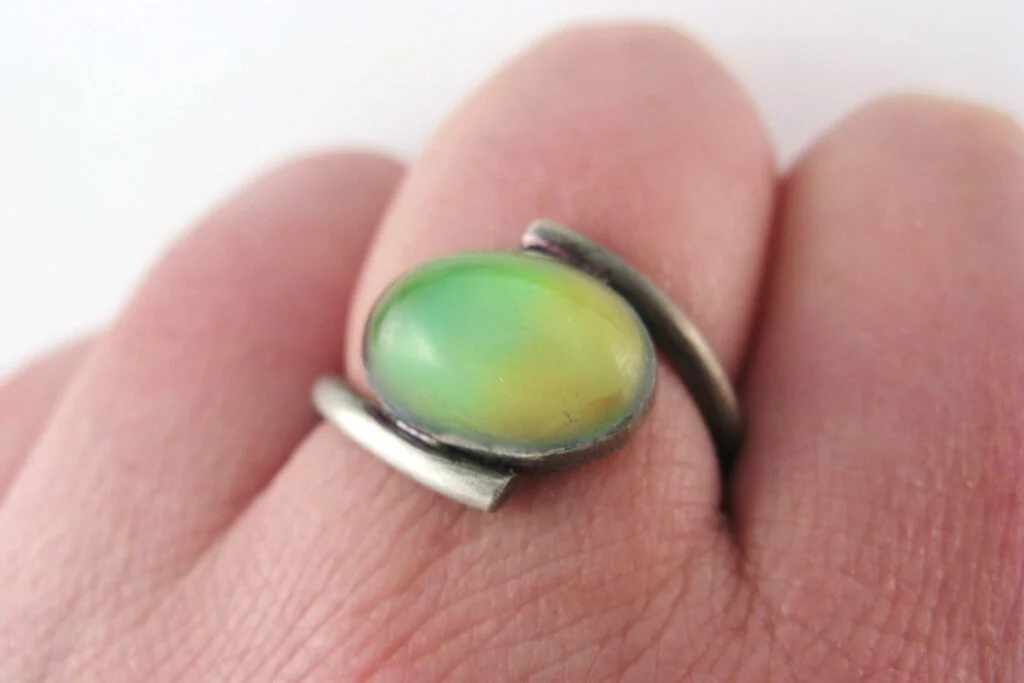
Mood rings were touted as the perfect accessory for the emotionally volatile teenagers of the ’60s. These rings contained a liquid crystal that changed colors depending on the temperature of the wearer’s finger, supposedly reflecting their mood. They were marketed as a way to understand your feelings, and it didn’t hurt that they were fun to look at.
Teenagers loved them, and soon enough, everyone had a mood ring. However, despite the excitement over this “innovative” new product, the fad didn’t last long. The novelty wore off, and people moved on to other trends by the end of the decade. Still, mood rings remain a nostalgic symbol of the playful side of the ’60s. Despite their short lifespan, mood rings still pop up occasionally, and their quirky appeal endures, especially with collectors and nostalgic fans of retro fashion.
7. The Mini Bike
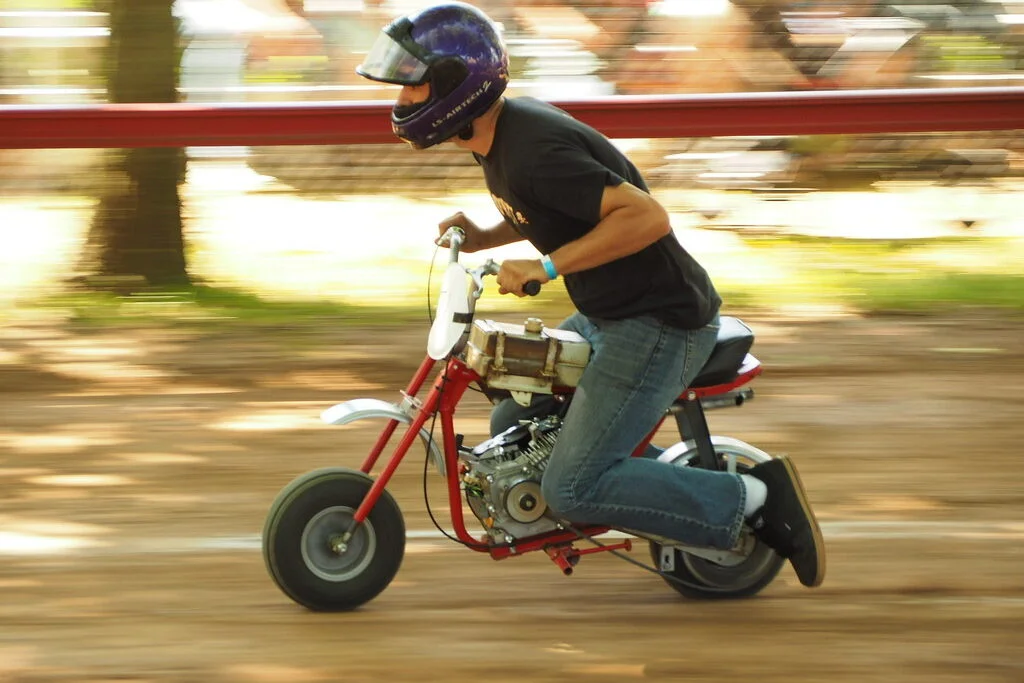
The mini bike was a must-have toy for kids in the ’60s, offering a low-cost alternative to full-sized motorcycles. These small, often colorful bikes quickly became popular, especially among suburban youths. They were promoted as a safe, fun way for children to enjoy the thrill of riding without the danger of full-sized motorcycles. While the bikes themselves were harmless, they were often used for off-road adventures, which led to a rise in accidents.
By the end of the decade, mini bikes fell out of favor, replaced by the advent of more exciting hobbies and the growing popularity of bigger motorcycles. Despite this, the mini bike still holds a special place in the hearts of those who experienced the joy of cruising around their neighborhood on one. Though the mini bike is no longer in mainstream use, its spirit of youthful adventure continues to be celebrated in the world of motorized sports and retro gear.
8. Pet Fashion
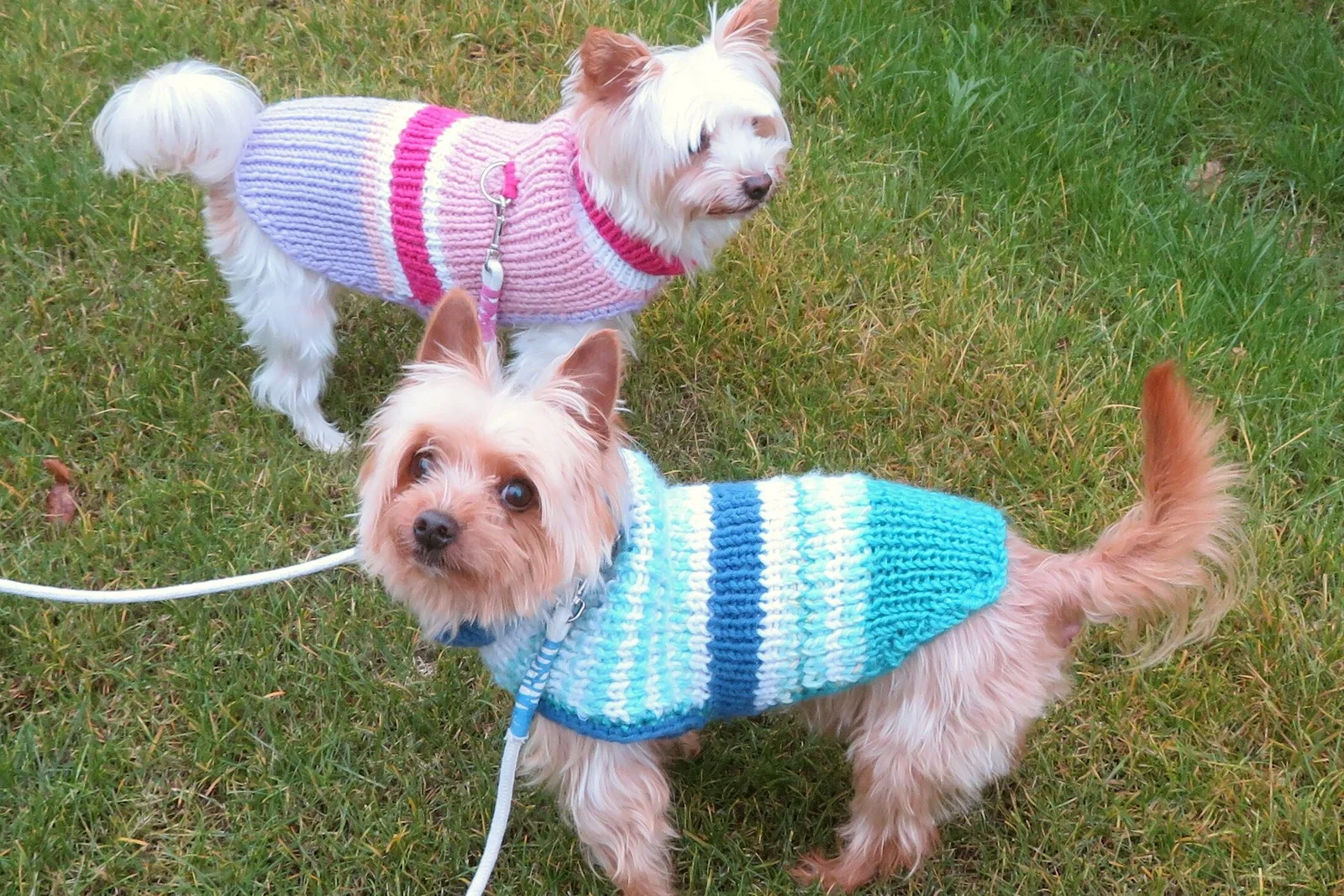
It wasn’t just humans who got in on the fashionable trends of the ’60s—pets did too! This era saw the rise of extravagant pet fashion, where dogs and cats were dressed in clothing ranging from coats to dresses. Pet owners were eager to match their pets with their own wardrobe, creating a trend of coordinated outfits. While the idea of dressing up pets isn’t new, it became a playful and absurd part of the ’60s culture. The fad quickly faded as people moved on to other interests, leaving behind a few photos of dogs sporting stylish hats and collars. Pet fashion would later see a revival in the ’80s and beyond, but in the ’60s, it was a short-lived, eccentric moment.
Even today, we still see glimpses of pet fashion—though it’s less of a craze and more of a niche hobby for pet lovers. It’s another example of how the ’60s pushed the boundaries of mainstream culture, turning even pets into style icons for a brief moment.


